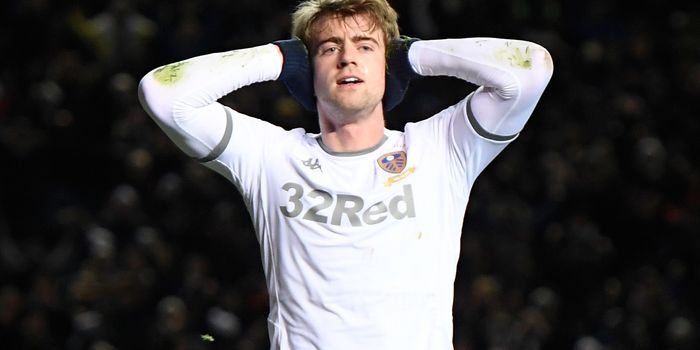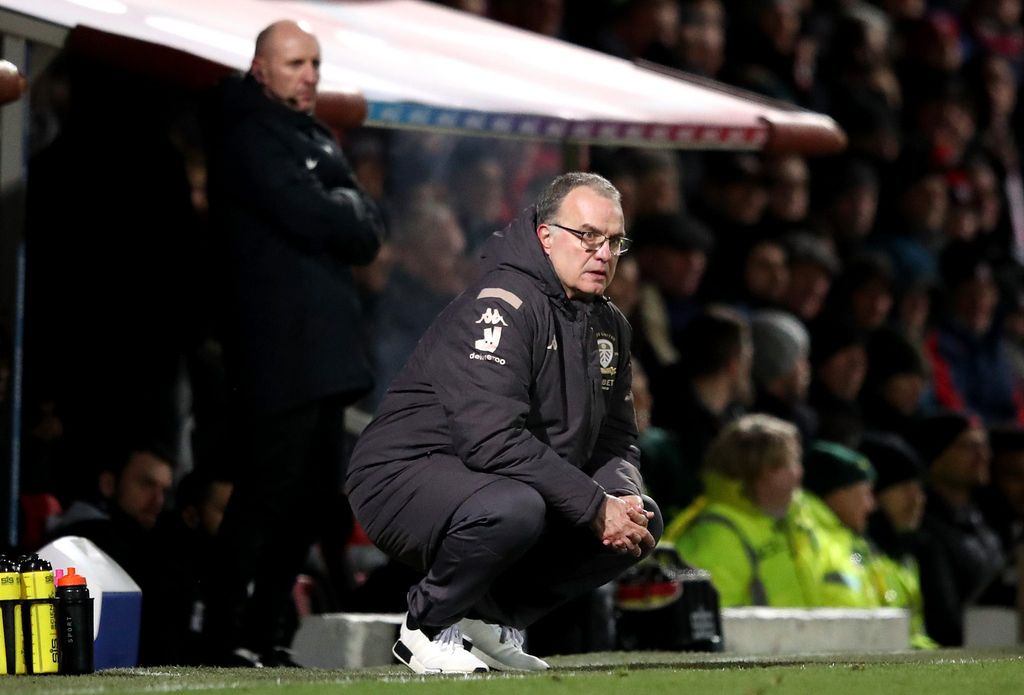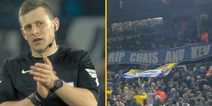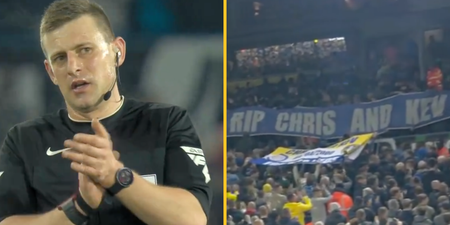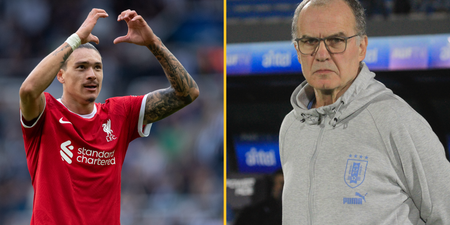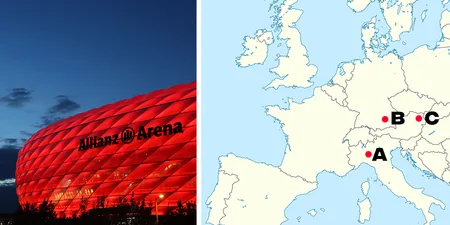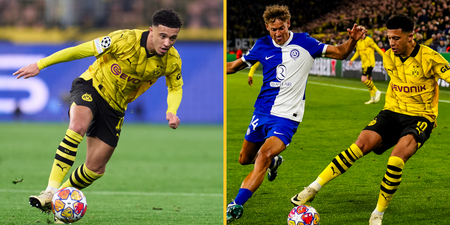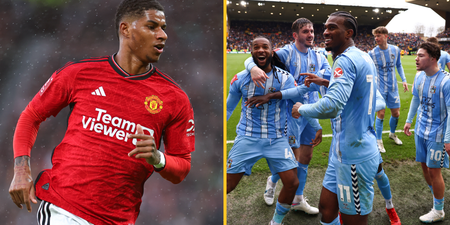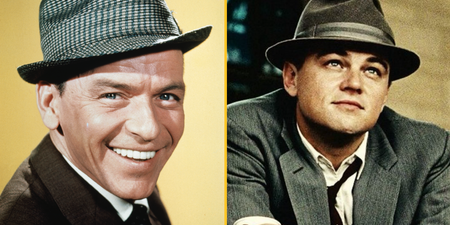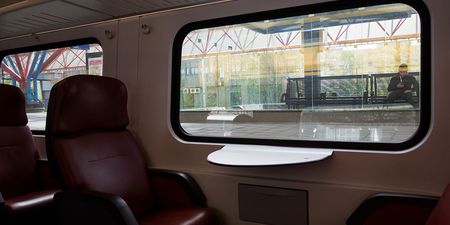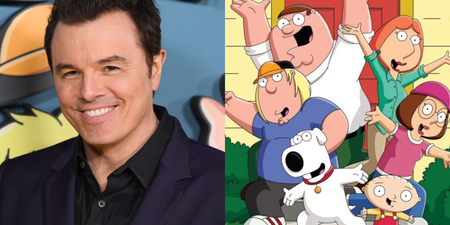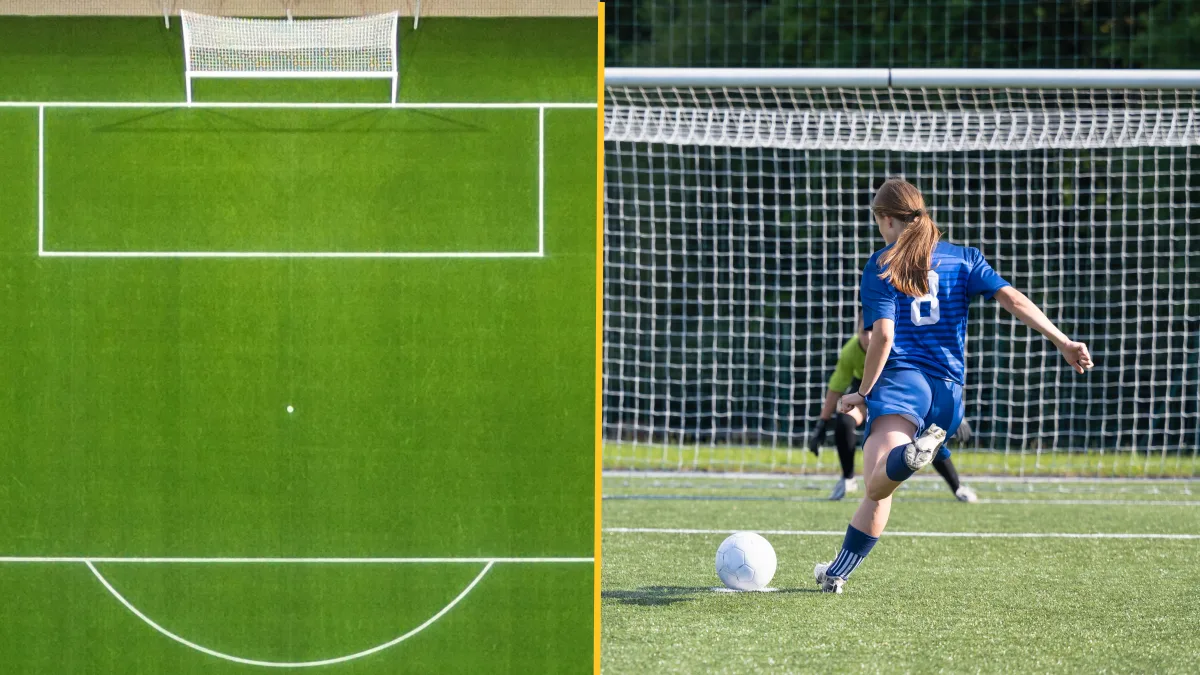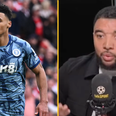During the 1961/62 season, in Don Revie’s first campaign as manager of Leeds United, he changed the club kit from traditional royal blue to pristine all-white
The style had been glimpsed the season prior, with the Yorkshire club wearing all-white with blue and gold trimmings in a home game against Middlesbrough in September 1960. Much has been extrapolated from Revie’s decision, with many believing the move came as a homage to the first all-conquering Real Madrid team that won three European Cups in a row. Journalist Andrew Mourant wrote that it was “the touch of a man with a dream, an ideal that his debt-ridden, down-at-heel club might one day emulate the feats of one of Europe’s richest and most brilliantly successful teams.” Jack Charlton, meanwhile, claimed that Revie opted for white kits purely on the basis that it was the easiest colour to pick out on the pitch: the most immediately obvious when you lift your head for a half-second to process all the blurred colour before you as a nasty tackle inevitably comes flying in.
What of Leeds now? Still in white, of course. Still not Real Madrid. A club that hasn’t played in the top flight since a disastrous 03/04 season. Even under Marcelo Bielsa, widely considered one of the finest and most influential managers in the game’s modern history, Leeds seem hellbent on continuing that tradition. In December 2018, Kemar Roofe (sold to Anderlecht last summer, not replaced) scored two goals in injury time to flip a game against Blackburn Rovers on its head at Elland Road. Charlie Mulgrew had scored a free-kick in the 90th minute but it didn’t matter. Leeds were flying. They had won their seventh straight game, three days removed from overturning a 2-0 deficit at Villa Park, and had stretched their lead at the top of the Championship to three points over Norwich. At that stage, they were also six points ahead of West Brom in third and a remarkable ten points ahead of Chris Wilder’s Sheffield United in fourth place. For all the world it looked as though water was wine, and Leeds were returning to the top flight. After the game, Bielsa, as he so often does, summarised the emotion best: “That is why nothing compares to football.”
They then lost three of their next four games, as many as they had lost in the previous 24 matches. They recovered their form and stayed in the automatic promotion places until matchday 42 of the Championship season. It was still in their hands. But, of course, this was Leeds United and of the final four games, they lost three – to ten-man Wigan Athletic (who finished 18th), Brentford and ten-man Ipswich Town, who were already relegated after finishing bottom.
This season, they seem to have repeated the trick. They’ve even added bells and whistles. After coming off a run of seven straight wins (ultimately extending to a run of eleven games unbeaten) and creating an eleven point chasm between them and third place, Leeds have won only two of their last eleven games. They produced a minor miracle to leave St Andrew’s with three points at the end of December and yet again came back from 2-0 down to beat Millwall two weeks ago. Tell me, are you sensing a theme?
Despite this, Leeds still give the impression of a rickety soapbox car careering downhill with the wheel nuts rapidly loosening. Much of the blame has been directed towards Bielsa’s methods – themselves responsible for the recurring win-streaks in the first place. The story goes that Bielsa’s teams, as evidenced during his spells at Marseille and Athletic Bilbao, collapse during the second half of the season. This, it is believed, is an unavoidable symptom of the style the Argentine implements at whichever club he manages: reliant on running hard, pressing high and a ceaseless positional intelligence from each of his players. But it is not just draining on the legs. It wearies the mind, too.
Against Nottingham Forest on Saturday, Leeds conceded two goals through lapses in their own concentration. The first was the fault of Kiko Casilla letting tame Sammy Ameobi effort in at his near post. The Spaniard remains the goalkeeping equivalent of a Mentos-filled bottle of Coke plummeting down a rollercoaster. The second was due to Jack Harrison forgetting how to control a football, then forgetting he was playing football, then forgetting he was playing football in a live football match, happening now. All of which allowed the superb Joe Lolley to pick his pockets, glide upfield (and around Casilla) to square for Tyler Walker to tap into an empty net.
Against Brentford on Tuesday night the song remained the same. Leeds were relentless in the first 25 minutes, forcing Brentford into uncharacteristic errors and dominating possession. They went into halftime with over 66% of possession, unheard of for an away side at Griffin Park. Before the game, Bees manager Thomas Frank called Leeds “the best footballing side in the division.” And they looked it. It never seems to matter for Bielsa’s side, though, as they continue to find new and increasingly painful ways to concede goals. This time it was… oh no wait, it was just Casilla again, channelling his inner Peter Enckelman and letting a harmless backpass roll under his foot whilst he was scouting the upper tiers for his presumably disappointed family members. Saïd Benrahma anticipated it, as you would, as he, unlike Casilla, has a brain. He couldn’t miss. Captain Liam Cooper equalised before half-time, thanks to an uncharacteristic David Raya error. Always reassuring to see the goalkeeper’s union in action.
After the break, there was only one winner: ‘Not Leeds’. They were the team with all the attacking initiative, more drive in midfield and more bite in the tackle and yet… you just knew that the breakthrough wasn’t coming. This is the great paradox of Leeds United. They’re often the better team, usually by a wide margin, yet that superiority never really manifests itself in the way you’d expect. Opposition never fear Leeds as they should. Whatever pressure Marcelo Bielsa’s side put them under, there is no impetus to capitulate. They know they’ll always get a sniff at the other end. Like Homer Simpson sat at his control panel, mulling helplessly over the buttons with his coworkers watching, self-inflicted mortal disaster is never far around the corner for Leeds United.
It’s funny, really. 60 years on they still have a true revolutionary at the helm, one searching for all the fine edges, tactical dossiers like encyclopedias. An unwavering belief in the same core of players. They still lack firepower at one end of the pitch, over-reliant on a physically-weak centre forward incapable of scoring the goals they need. Leeds are still Leeds, in other words, and sometimes it seems that no matter what they change, their fate stays the same. Hope and heartbreak for as long as their fans can take it. It’s probably worth revisiting Don Revie’s decision to change from blue to white. Was it truly to make his players better, to help them on the pitch? Or did he just tell Jack Charlton that because what he actually wanted was for Leeds to be someone else. A team no longer burdened by the deep psychological trauma of being themselves.
